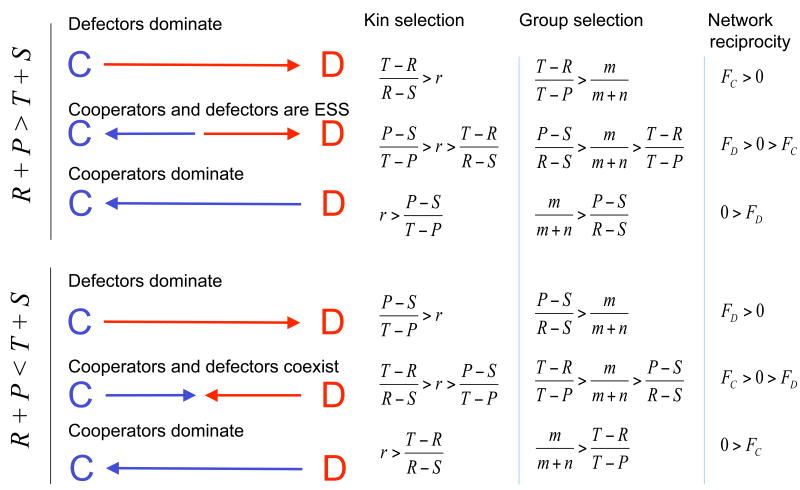Figure 3. Kin selection, group selection and network reciprocity can lead to the evolution of cooperation.
For kin selection, the parameter r is the coefficient of genetic relatedness between individuals. For group selection, the parameters m and n denote respectively the number of groups and the number of individuals per group (group size). For network reciprocity, we have FC = (T − R)k2 − (T − P)k + (R + P − T − S) and FD = (P − S)k2 − (R − S)k − (R + P − T − S), where k is the degree of the graph (that is the number of neighbors of each individual). For all three models we find: if R + P > T + S, then cooperators and defectors cannot co-exist; if R + P < T + S, then cooperators and defectors cannot simultaneously be ESS.

